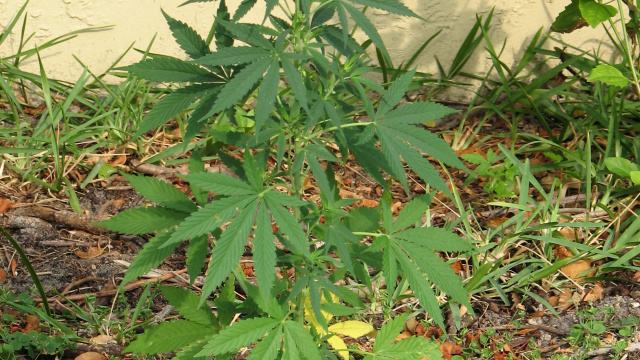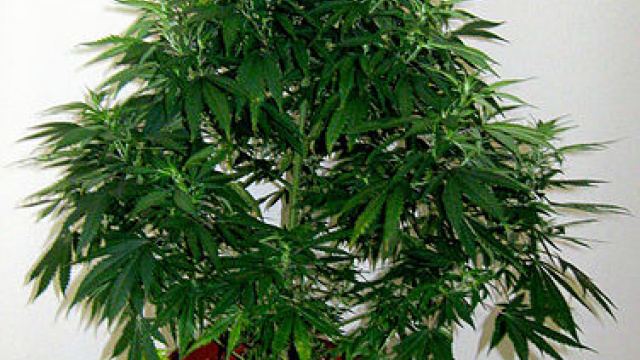Industrial ventilation is of paramount importance to ensure the safety and well-being of employees. In industries where employees are subjected to dangerous chemicals, vapours and gasses on a daily basis, effective industrial ventilation can mean the difference between life and death. The basic concepts behind industrial ventilation are quite simple, but for it to be effective, the ventilation system needs to be installed by an experienced engineer.
Industrial ventilation is a method of controlling employee exposure toxic chemicals, volatile airborne substances and flammable vapours by removing the contaminated air and replacing it with clean, fresh air. Used in a variety of different industries where poisonous vapours may be a problem, industrial ventilation is most often employed to remove welding and solvent vapours, oil mists and poisonous or volatile dust.
But, industrial ventilation may not always be necessary. True, it should be preferable for the continued health of your employees, but regulations suggest that industrial ventilation only becomes compulsory when:
the levels of contaminants exceed regulated levels;
the lower explosive limit of flammable vapours is exceeded; or
when the oxygen concentration in an area drops below 19.5%.
Industrial ventilation should also be considered before respirators. Not only is the system easier to maintain, but, in the long run, is a much more cost effective method of air purity control.
There are a number of industrial ventilation options available depending on the circumstances of your industry’s circumstances. The most basic is indoor quality ventilation that aims to provide fresh air throughout a building as part of the existing ventilation system. This option is primarily used in offices but can be effective in small industries where the concentration of contaminants is low.
Easy to maintain and inexpensive to set up is dilution ventilation. This form of industrial ventilation uses large and powerful exhaust fans to extract contaminated air and to draw in clean air. It is very effective in clearing flammable vapours but is less effective for metal fumes or large concentrations of highly toxic materials. Depending on where the industry is located, the incoming air may require a lot of cooling or heating before it can be introduced into the industrial ventilation system, increasing the cost of using the system.
Dilution ventilation uses the simple principles of displacement and dilution to function. Some of the contaminated air is removed and replaced with large amounts of fresh air. The concentration of the contamination is effectively lowered, making it safer for people to work in the area.
A more localised industrial ventilation system is local exhaust ventilation. This system captures the contaminations at the source and expels it before it has a chance to disperse into the air. For highly toxic contaminants or high concentrations, this industrial ventilation is probably one of the best. It does not require large amounts of fresh incoming air since the exhaust of contaminants is localised. This effective ventilation comes at a higher cost and more frequent maintenance, however.
Local exhaust ventilation works like a vacuum cleaner forcing contaminated air to move from a high concentration to a low concentration. It is perhaps one of the most effective industrial ventilation systems because it removes the contaminants at the source before it has a chance to spread.
There are effective industrial ventilation systems available for any industry. Some are simple to use, like dilution ventilation, while others are specifically made for highly toxic environments, like local exhaust ventilation. Whatever the decision, as long as the industrial ventilation keeps your employees safe from the contaminations of the substances they work with, it is doing its job.
Intoweb
Brokrew
Related Industrial Hemp Articles




Leave a Reply